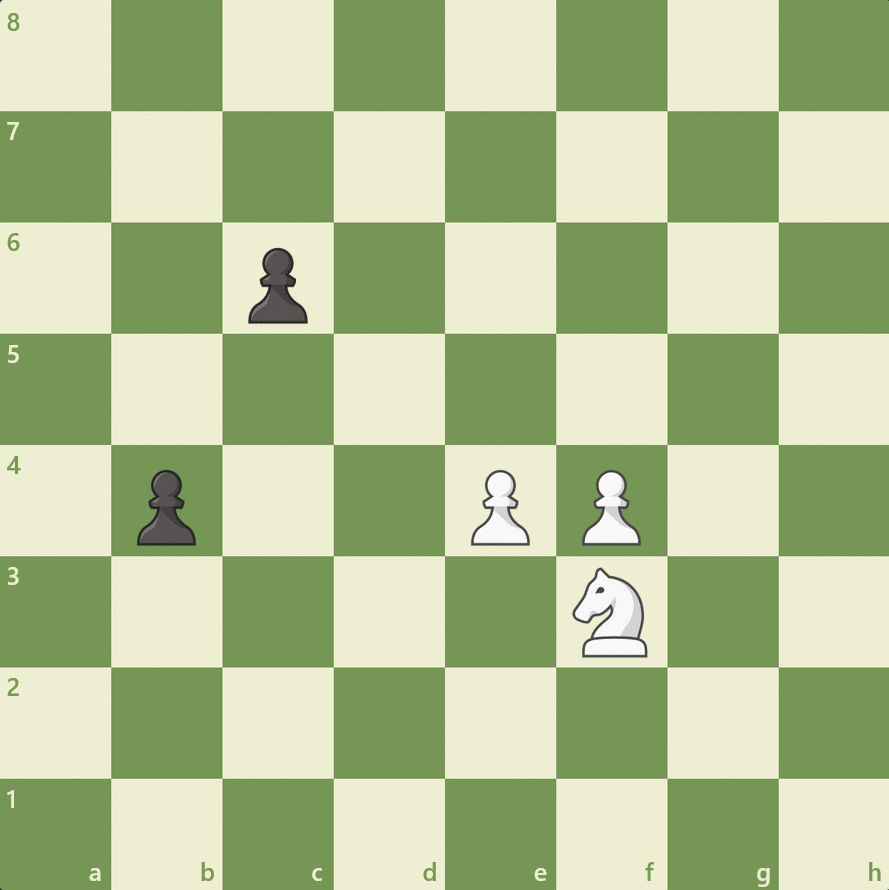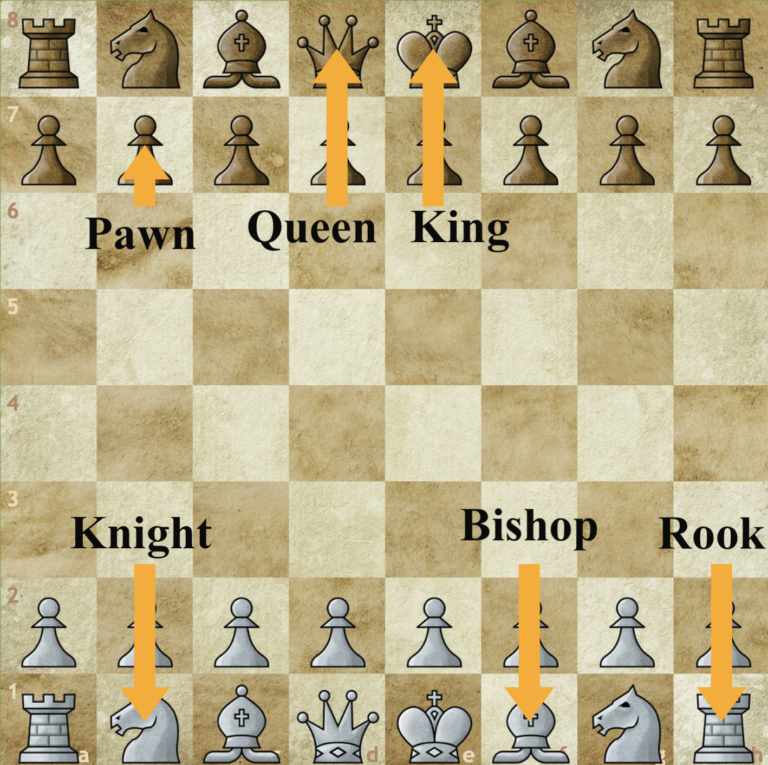

Ī queen exchange often marks the beginning of the endgame, but there are queen endgames, and sometimes queens are exchanged in the opening, long before the endgame. The Danvers Opening (1.e4 e5 2.Qh5), which is widely characterized as a beginner's opening, has occasionally been played by the American grandmaster Hikaru Nakamura. Some less common examples have also been observed in high-level games. For example, the Scandinavian Defense (1.e4 d5), which often features queen moves by Black on the second and third moves, is considered sound and has been played at the world championship level. Despite this, beginners often develop the queen early in the game, hoping to plunder the enemy position and deliver an early checkmate, such as the scholar's mate.Įarly queen attacks are rare in high-level chess, but there are some openings with early queen development that are used by high-level players. rooks and bishops), the queen is less restricted and stronger in closed positions.Ī player should generally delay developing the queen, as developing it too quickly can expose it to attacks by enemy pieces, causing the player to lose time removing the queen from danger. Compared to other long range pieces (i.e. Because of its long range and ability to move in multiple directions, the queen is well-equipped to execute forks. The queen is strongest when the board is open, the enemy king is poorly defended, or there are loose (i.e. However, experience has shown that this factor is usually less significant than the points favoring the queen. A factor in favor of the rook and bishop is that they can attack (or defend) a square twice, while a queen can only do so once. Second, unlike the bishop, the queen is not hampered by an inability to control squares of the opposite color to the square on which it stands. First, the queen is more mobile than the rook and the bishop, as the entire power of the queen can be transferred to another location in one move, while transferring the entire firepower of a rook and bishop requires two moves, the bishop always being restricted to squares of one color. The reason that the queen is stronger than a combination of a rook and bishop, even though they control the same number of squares, is twofold. It is almost always disadvantageous to exchange the queen for a single piece other than the enemy's queen. The queen is typically worth about nine pawns, which is slightly stronger than a rook and a bishop together, but slightly weaker than two rooks, though there are exceptions. Only the Knight jumps from square to square.Further information: Chess piece relative value

At least one Pawn must move before they can move. This means that the Rooks, Bishops, Queens, and Kings are all blocked by their own Pawns in the initial position. The other pieces slide from one square to another in straight lines. All four Knights have two possible moves in the initial position - they just hop over the Pawns in front of them. The situation in the previous diagram is not likely to happen in a real game, but the situation in this diagram happens at the beginning of every chess game. The diagram shows the Knight with eight possible moves even though it is surrounded by pieces. The Knight can hop over any piece on its path. Note that the Knight changes the color of its square each time it moves. If a target square is occupied by the opponent's piece, the Knight can capture it if occupied by a piece of the Knight's color, the Knight is blocked and can't move to that square. This is the same as saying that it moves two squares straight then one square to the side.Ī knight in the center of the chess board has eight possible moves, as shown by the green circles in the diagram. It moves one square in any direction then diagonally one square away from its starting square. The Knight is the piece with the trickiest move in chess.


The Knight is the only piece that can jump over other pieces.


 0 kommentar(er)
0 kommentar(er)
